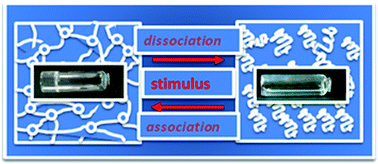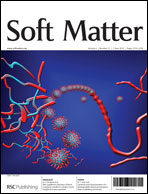The present review highlights the recent developments on the reversible hydrogels which are formed through self-assembling and association mechanisms of well-defined macromolecular entities and which are able to respond to external stimuli like temperature, pH, light and chemical triggers. Thanks to the great progress on macromolecular engineering, especially the enormous development of the “living”/controlled polymerization methods, together with the ability to create artificial peptide-based macromolecules through the recombinant DNA methods, novel “smart” macromolecules capable to form responsive transient 3D networks have been designed and evaluated. Nowadays it has been made possible to create macromolecules with tunable macromolecular architectural characteristics, like chain length of low polydispersity, block topology, hydrophobic/hydrophillic balance and specific functionality, that self assemble in specific environments forming tailor made hydrogels with tunable gel properties, such as injectability and responsiveness (i.e. precise sol to gel transitions triggered by one or more stimuli) mesh size, mechanical strength and dynamics.

You have access to this article
 Please wait while we load your content...
Something went wrong. Try again?
Please wait while we load your content...
Something went wrong. Try again?


 Please wait while we load your content...
Please wait while we load your content...